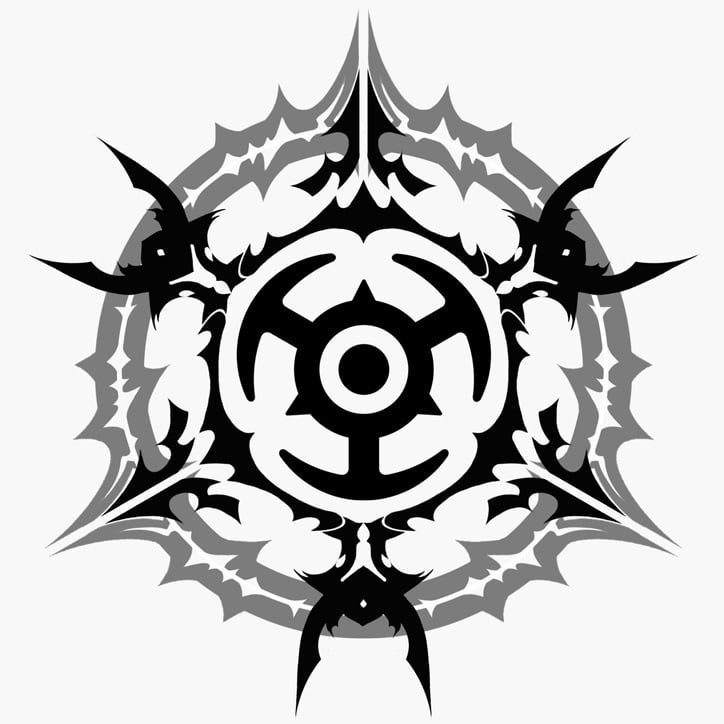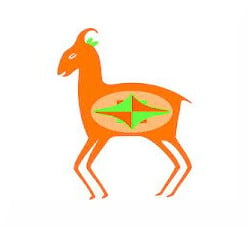I’d expect the shortest day of the year to also be the coldest, with the coldest season of the year spreading out equally on both sides of it.
That’s what I thought. the atmosphere is a big slow-reacting sponge. The coldest day of the year is usually in early February. By that time the slow lengthening of daylight since the solstice starts to warm things back up.
This video sounded so much like a commercial I wasn’t even paying attention to the first 5-10 seconds
To answer the original question, it’s because the earth is very large and retains the heat from warmer times preceding the solstice in the water bodies and the ground, like a buffer, so there is a lag time for things to lose that heat and get to the coldest air temps. As an analogy, if you heat up some rocks in the oven, then turn off the oven, the rocks will still stay hot for a long time and gradually cool off.
Seasons of Bergen, Norway:
December - February: Cold and dark and wet season. Stock up on antidepressants, good food, “Hygge”-paraphenelia, asthma medication and remain indoors.
March - mid-July: Cold and green season.
Mid-July: Summer!!!
Mid-July - August: “pretend it is still summer”-season. Yes, we can grill and drink beer in the garden dammit just put on an extra jacket.
September: Wet and windy season.
October - November: Soggy cold season. Shoes and jackets go to the Drying Rack, not on the regular rack.
addenum: june-august is also barely-nighttime season. Sun “goes down” at 22:00 and remains barely under the horizon until 04:00 so the sky just stays bright. Good luck explaining to your toddler that it is night and time to sleep.
Damn, that sounds a lot like Don’t Starve Together seasons. How do you handle the human-size mosquitoes during the wet season though? 🤔
Remain indoors.
Where I live we got green and brown
I once again come to inform that “the start of winter” changes depending on where you are.
So in you case that is just how it lines up, but where I live the winter starts October 14th.
Not sure if it is technically correct, but I think of it like the momentum of Earth’s atmosphere. It takes a lot of momentum to alter the system. The days getting a little longer by a few minutes depending on latitude makes little difference. We are still dropping in average temps the further towards the poles.
Riding a bicycle everywhere for years in Southern California, this was something I would think about a lot on the commutes in the dark of winter, and the wind and rain patterns. Like here, I know if it will rain based on the wind direction alone. I only check the weather when I’m too lazy to go outside or something odd is happening. After the solstice there seems to be more turbulence that is added to the system. There is more of a back and forth between on an off shore flow patterns. It is our rainy season here, and we have nights get around 10°F cooler. This is when I break out my 40°F layers. On a bike, everything is still skin tight. I can shed some layers but don’t like to stop to do that. I have specialty gear for every 10°F of temperature drop. If I wear 40-50°F gear in 50-60°F temps, I will sweat like crazy and then freeze from being wet. I wear my coldest gear a lot less than I did 15 years ago, but I still haven’t needed it this year. I will in the months to come.
Most people are not connected to the weather and outside world very directly like this in the West. In my experience, the solstice marks the low point where I have around 6 weeks until things start getting better.
I always thought it was because in mid northern hemisphere latitudes where most people live, the coldest day of the year (i.e. “the middle of winter”) tends to be in early February, not the winter solstice.
An old answer I saw said that Europe (where conventions originated) has a bigger lag in temperatures than North America has. We both lag and the lowest temps are commonly in Jan-Feb.
This is a great question. I’ve always wondered this!
There are (at least) four different definitions of winter:
- Astronomical seasons are what you describe, and these are obviously based on astronomical events, for which the equinoxes and solstices are the perfect fix points. That the seasons start at these days is purely conventional, and in some times (roman empire) and places (Celtic calendar) people used these days as the center point of the season instead (also known as “Solar seasons”). Why those don’t match up with the actual temperature has already been explained in countless other replies.
- Meteorological seasons use a simple, month based approach, where winter is just December, January and February. That makes it easier for statistical usage but obviously is also just a man-made convention.
- The energy sector defines winter as the time of extended energy needs due to heating. Where I live, that’s defined as 1. of October - 31. of March, but for obvious reasons that’s highly dependent on where you are.
- Phenological seasons are a bit more what you’re looking for: They are based on biological events in indicator plants and a lot more complex than just being four fixed periods and only ever the same for small regions. Where I live, there are ten phenological seasons, winter starts when the English Oaks drop their leafs and ends with the blooming of the Common Hazle.
In other cultures there might be vastly different seasons. In many tropical countries you’ll only have the dry season and the monsun season.
I’ve always kind of figured this was the actual origin of the swastika and why it was created independently by various cultures. The arms from the center are the solstices and equinoxes and the trailing arms from the elbows are the seasons that follow.
Interesting thought, but not all cultures historically broke the seasons into four parts as is common now. The current common four season status quo is very Euro-centric and spread from Western influence.
Wouldn’t solar observation pretty much universally divide the year into something divisible by four? Unless you’re directly on the equator, there are four points in a year and four points of direction (other than ‘right here’).
I haven’t read deeply about world calendars, but do know that the solstices are pretty much universally recognized.
Not a history or anthropology buff, but I have a general feeling that four pointed symbols are often tied to the solar year. You can build a solar calendar with a stick and rocks.
The solstices, as we know them, are a Western idea that has been propagated through European colonialism and conquest. They are now widely accepted around the world, but this was not always the case.
Cultures like India, Japan, and natives in Australia or Northern Canada (as a small handful of examples) have historically split the seasons into as few a 6 seasons and as many as like 24. Then, there are some cultures in tropical climates that simply use two. Different areas of the world are going to have varying climate changes during the year (dry season vs. wet season, monsoon seasons, etc.) that influence how seasons are perceived. In Europe, spring and autumn were particularly important for farming.
Your general feeling comes from what you know, and what you know is limited to your personal worldview.
See Cultural aspects on Wikipedia.
Your general feeling comes from what you know, and what you know is limited to your personal worldview.
See, that’s kind of condescending. I know that solstices and equinoxes are important and were recognized by prehistoric humans all over the world. This isn’t western vs eastern hegemony bullshit. Note that even the Chinese calendar is divisible by 4 and delineated by the solstices. I’ve also read about the solar observatories found in Mexico that predate European involvement as well as the wooden ‘henge’ of the mound builders.
Trying to act like recognition of solstices and equinoxes is some sort of Western cultural imposition is silly.
Several cultures do use it to mark the middle of winter. Celts and Chinese come to mind. They are communiting a different set of information when they do it.






